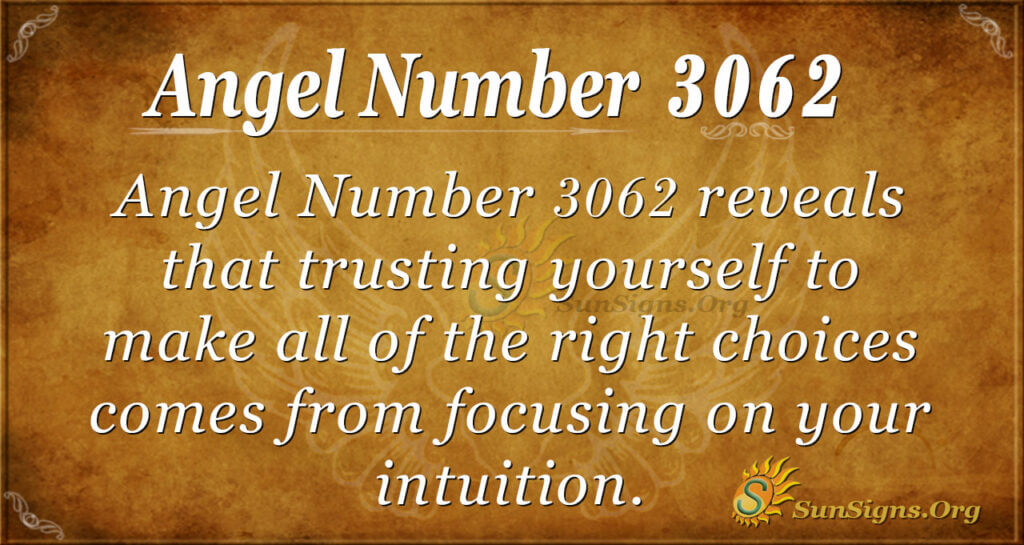

By handing the reins over to your learners, you can gather unparalleled insights into not only what your learners are skilled at, but also how they think about skills themselves.Ī common problem with traditional skills ontologies is that words like “communication” or “problem solving” may mean wildly different things, depending on individual learners. You need to find a way that learners can create their own skills within your framework, also known as “user generated skills”. How do you make a "self building" skills strategy? And with current skills strategies there aren’t ways for you to do that. I’ve been lucky enough to talk a bunch of our clients and the different teams we have here at THRIVE, and one of the key takeaways from our chats is that if you want to find out what is an important skill for a particular team, you need to let people in those teams tell you. We all know that the future of workplace skills is very different to the present, so why would you commit to a strategy that you know can’t be changed midway through?
#Constantly thrive meaning manual
Most HR functions are at least semi-automated, but skills tracking is so far behind the times.īecause of the manual nature of traditional skills strategies, they are also incredibly inflexible. In no other area of business do we have this level of manual data input.

Asking managers to personally rank the skills of their direct reports and then collate all that data leads to unhappy managers, unhappy direct reports and rubbish datasets. To collect data on the current workforces skills, it is a manual process that involves subjective talent review by managers, who then rate employees on their skills from the skills ontology.įor starters, it is waaaaaay too manual.

For example, a marketing specialist may need a level 8/10 in communication and 5/10 in problem solving, whereas a senior backend engineer might need a 9/10 in problem solving and a 5/10 in communication. Then job roles are formalised and each job role is assigned varying levels of the skills in the ontology. These include skills like “communication”, “attention to detail”, “organisation”, “collaboration”, “problem solving” etc. Normally L&D teams draft up a set of skills that they think should be demonstrable in every member of their organisation. How do traditional skills strategies work?Ī traditional approach to mapping skills starts with a skills ontology. Adopting an agile skills strategy is imperative to thrive in the modern business environment, but first let’s have a look at how outdated traditional skills strategies work. And we always answer : if it isn’t agile, it probably is. Since we launched our revolutionary Learning and Skills Platform within THRIVE, we’ve been inundated with questions from customers about whether their current skill strategy might be failing them. Mastering your life, focusing, being engaged, and seizing the moment, are the keys to this minimalist mindset.At THRIVE we always challenge both ourselves and the convention within the industry.
#Constantly thrive meaning how to
What does it mean to thrive? How do people who learn how to thrive and interact with the world differently from those who settle or live in a state of survival? What does it take to move from one state to the other? These are pivotal questions we must answer. Challenging yourself individually to continually question who you are and whether this is in line with who you want to be. You are challenging yourself to have a better career, be more fulfilled, be more rewarded, or be happier. The way thrivers experience life depends not on their circumstances but on how they chose to respond to the hand they are dealt.Ī thriving mindset is defined by continually challenging oneself. Thriving is not being satisfied, just surviving, but reaching above this to make continual progress. Surviving is doing what is necessary to live. Surviving means “to continue to live or exist,” while thrive can be defined as “to grow or develop well, to prosper or to flourish.” The difference between these mindsets is relatively straightforward. There is a fundamental difference between thriving and surviving.


 0 kommentar(er)
0 kommentar(er)
